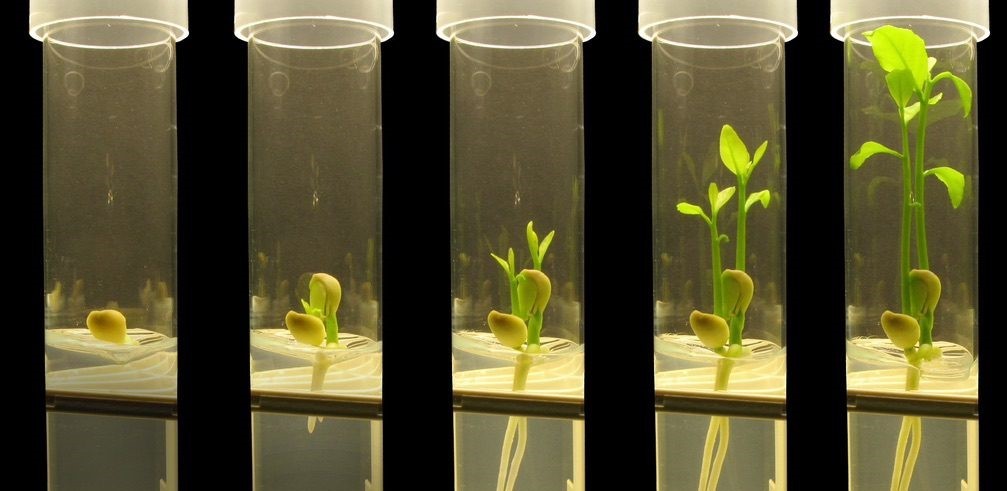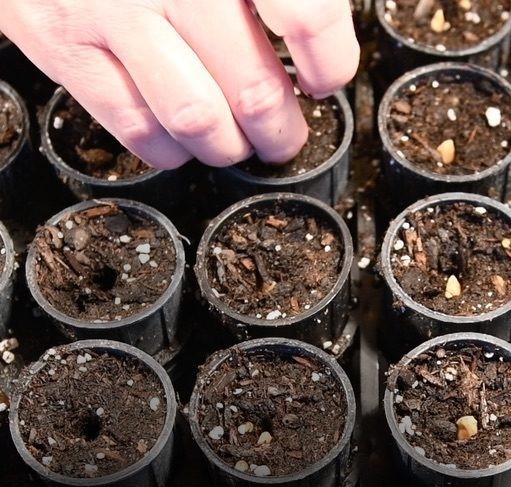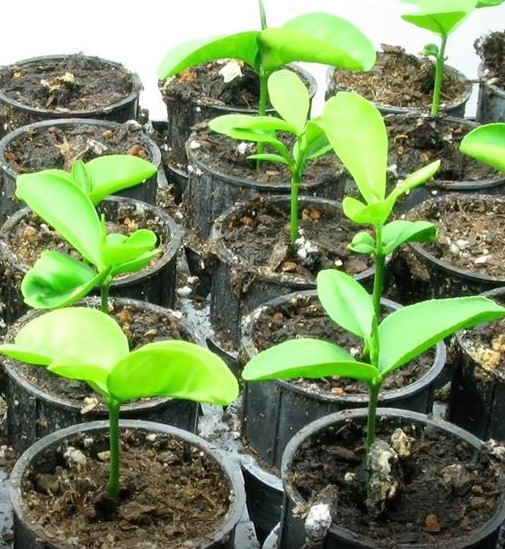Citrus Greening Treatments: Method 5
SSRC (Silver Seedling Root Coating)
PLANT TREATMENT PROGRAM & PROTOCOL
SSRC (Silver Seedling Root Coating) – Applied to seed(lings), this begins at the emergence and development phase of the plant (nursery phases). It is the process of providing AgNPs (Silver Nano-Particles) as a mineral nourishment to seeds in orderto fortify seed from pathogens, strengthen roots system in the developing plant and to build up resistance to harmful microbes as the plant reaches maturity. Soil drenching method may be applicable where necessary.
SSRC Treatment is Used For Combatting the following diseases: Citrus Greening
Silver San – Bio Active Sanitizer or Gel Silver San – is an excellent product to stem infection after pruning. It is a fortified solution consisting of three active antimicrobial, antiviral and antiseptic sanitary characteristics deriving from AgNPs as its main active ingredient, which also prevents the spread of diseases.
Things You Will Need
| Safety Glasses | Watering Container | Silver-San Bio Active Sanitizer or Gel | Hose Drippers |
| Gloves | Industrial Sprayers or Spray Bottles | Hose |
Shift focus away from saving older Citrus Greening, infected trees and toward protecting and strengthening young citrus trees, using Silver Seedling Root Coating, before too much damage is done. Bolstering young citrus trees’ vascular systems in those early, formative years by strengthening the root allows more nutrient utilization that can help make young citrus trees more tolerant to biotic and abiotic stressors and lessen the destruction from citrus greening and other plant diseases as the plant matures
A well-functioning tree vascular system will transport and help absorb water and critical nutrients to the plant for nourishment.
Alternatively, citrus greening destroys the vascular system of citrus trees, resulting in less fruit produced, smaller fruit, and higher rates of early fruit drop.
Shoot development in citrus trees is divided into six phases:
V1: Emergence
V2 and V3: Development
V4 and V5: Maturation
V6: Dormancy
Psyllids prefer V1 to V4 for feeding and reproduction–making these development stages the most vulnerable. Because of this, the emerging and developmental phases are the best time to focus on a control strategy to reduce the biotic impact of psyllids.
Step 1. Treating the Seeds to Eliminate Pathogens
The seed trees entered into this program must be tested for Citrus Greening- (HLB), Psorosis A & B and Leaf Blotch Virus before being selected SSRN method
- After extraction (removed seeds from fruit), the seeds are nano treated to eliminate pathogens.

- Seeds are washed in 1- 2.5 ppm AgNPs water, to reduce the risk of Phytophthora spp (root rot pathogen).
- Seeds are soaked in 1-2.5ppm AgNPs water for 10-12hrs
For storing air dry seeds to reduce the occurrence of mold and improve storage life. Treated seeds are stored in poly bags at 35° F to 45° F and regularly inspected for mold or fungus.
Step 2. Germinating Silver Coated Citrus Seeds in 1-2.5ppm AgNPs water

Coating and Fortifying Roots at this early phase
Step 3. Planting and Growing the Silver Coated Citrus Seeds in Soil
The seeds are sown with the seed coats intact and grown inside of an insect-proof greenhouse.


- Water plants daily or as needed, watering plants with AgNPs once a week at ≥ .5ppm as roots develop.
- Being mindful that soil amendments are also a critical factor in supporting the development of a robust root system
Budwood Application
Nano treated Budwood – Similar Practice
All registered (mother) budwood is harvested from nano treated seedlings grown in screened, insect resistant, motherwood house in accordance with your countries agriculture regulations and/or governing body for Citrus nursery and protection.
Conclusion: Abstract exert from: (2015) Parveen, Asra and Srinath Rao “Effect of Nano-silver on Seed Germination and Seedling Growth in Pennisetum glaucum” Journal of Cluster Science 26, 693-701
